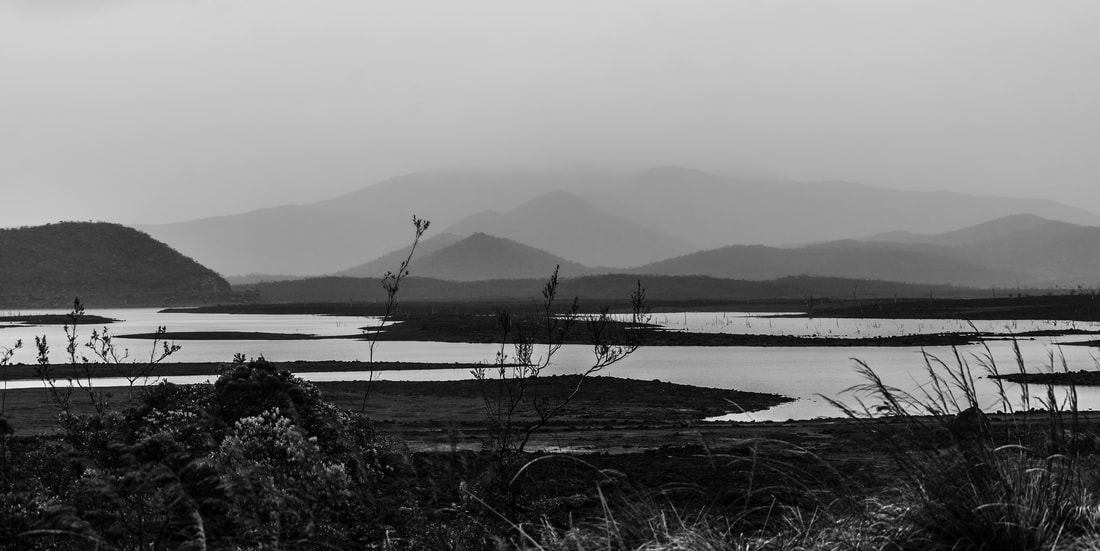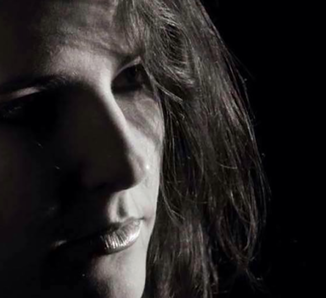SALOMÉ-CHARLOTTE CAMORS: THE LAKE
We are in Yaté, customary area of Djubea-Kapone, lands of kanak’s tribe, where the ground, full of metal, is redder than the sun himself. We are in New-Caledonia, gifted and doomed by Nickel.
Seventy-two years ago, there was only a river here. A river and lands. But the growing nickel industry was craving for energy and a hydroelectric dam was built to feed the blast furnaces of the pyrometallurgical factory SLN. Then, the Yat river turned into the biggest lake of the country, forty square meter of drowned forest and dead woods.
Nature was, as often, stronger than we can possibly imagine and the lands surrounding the lake became a luxurious park, now protected area, shelter of many endemic species such as the iconic cagou.
This could have been a nice story if humans were more inclined to learn from their mistake and less inclined to exercise domination. But due to unreasonable human activities, this ecosystem stay increasingly threatened, impacting both nature and kanak’s social fabric.
This place is for me a symbol. A symbol of the struggle between deleterious and regenerative strength, between environmental activist and unscrupulous investor, but overall a symbol of our incredible responsibility. As far as can be New-Caledonia, it will never be far enough to escape all the consequences of our overconsumption. As the mist over the mountain, our future seems so blurry, but I still hope that we will have the heart to become the wind of change that will broke the domination patterns over the living.
Seventy-two years ago, there was only a river here. A river and lands. But the growing nickel industry was craving for energy and a hydroelectric dam was built to feed the blast furnaces of the pyrometallurgical factory SLN. Then, the Yat river turned into the biggest lake of the country, forty square meter of drowned forest and dead woods.
Nature was, as often, stronger than we can possibly imagine and the lands surrounding the lake became a luxurious park, now protected area, shelter of many endemic species such as the iconic cagou.
This could have been a nice story if humans were more inclined to learn from their mistake and less inclined to exercise domination. But due to unreasonable human activities, this ecosystem stay increasingly threatened, impacting both nature and kanak’s social fabric.
This place is for me a symbol. A symbol of the struggle between deleterious and regenerative strength, between environmental activist and unscrupulous investor, but overall a symbol of our incredible responsibility. As far as can be New-Caledonia, it will never be far enough to escape all the consequences of our overconsumption. As the mist over the mountain, our future seems so blurry, but I still hope that we will have the heart to become the wind of change that will broke the domination patterns over the living.
ABOUT THE ARTIST
|
SALOMÉ-CHARLOTTE CAMORS
|
|
"My work takes its inspiration from humanity’s seemingly fatal fascination with the quest for ephemeral happiness, as promised by the consumer society, by way of refuge from the existential social and ecological crises that increasingly threaten our planet.
In this context, it is paradoxical that the massive diffusion of images highlighting and raising awareness regarding such pressing global threats should have failed to induce proportionate changes to our habits and behaviour. Indeed, while we live in a world literally saturated with photographs – whether they be aesthetic objects or vectors of meaning - our relationship with images remains far from simple and has become a key preoccupation for many leading philosophers and visual artists. In this vein, my work adopts an activist, research-oriented approach in order to go beyond images with a determination to engage and empower actual positive action on behalf of the environment." www.sc-camors.com |

